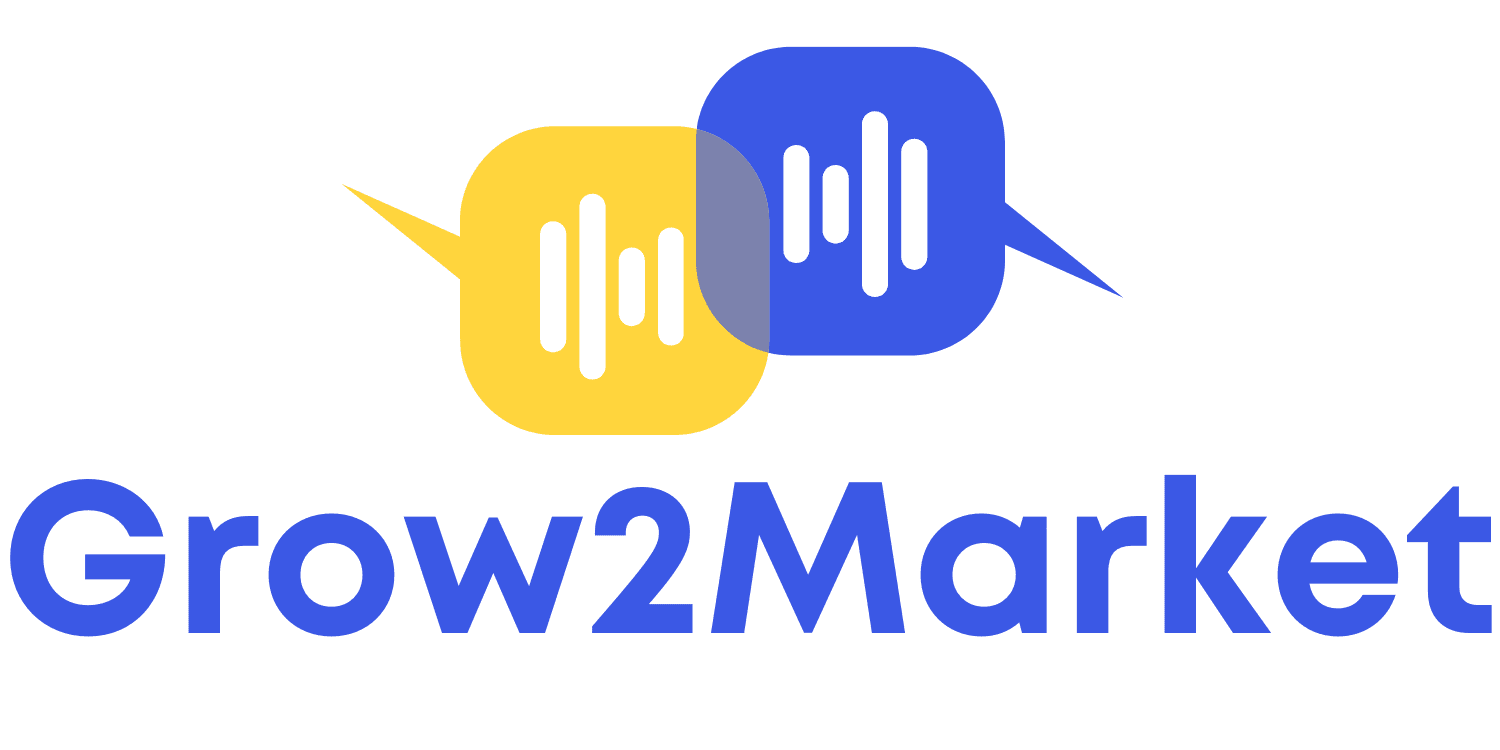- Pricing
- Services
Digital Content
Events and Community
Products and Propositions
Lead and Demand Generation
Technical Platforms and Services
Fractional CxO
- Customers
Technology Vendors
Industry Specialists
Service Providers
- About
Company
Events
Careers
- Resources
Resources Hub
Case Studies
Blog
Mini SEO Audit
